MONTREAL — An investigational targeted immunotherapy for Guillain-Barré syndrome (GBS) more than doubled improvement in disability after 8 weeks compared with placebo and showed sustained benefit at 26 weeks, new findings that investigators say mark the first GBS treatment advance in 40 years.
The phase 3 study investigated ANX005, a fully humanized recombinant immunoglobulin (Ig) G4 monoclonal antibody, that has received fast track and orphan drug designations from the US Food and Drug Administration (FDA) and the European Medicines Association (EMA).
"With rapid complement inhibition and concomitant reduction in neuro-inflammation, we expect physicians to observe an early improvement in patients treated with ANX005," said Henk-André Kroon, MD, study investigator and head of Translational Medicine at Annexon, Inc, the drug developer.
"In the study, this translated into faster speed to walking independently, a reduction in the duration of ventilation for those requiring mechanical assistance, fewer days in the ICU during the acute stage of the disease, and ultimately, in higher likelihood of patients reaching their pre-disease health sooner," Kroon told Medscape Medical News.
The findings were presented on June 25, 2024 at the Peripheral Nerve Society (PNS) 2024 Annual Meeting.
Reduced Nerve Damage
GBS is an acute inflammatory peripheral nerve disorder characterized by rapid-onset ascending muscle paralysis, with a narrow window for therapeutic intervention. Although there are no FDA-approved treatments for the condition, intravenous Ig (IVIG) and plasma exchange are used for supportive care.
It is estimated that the condition results in the hospitalization of over 22,000 people annually in the United States and Europe and causes significant and long-term disease burden.
As an anti-C1q antibody, ANX005 is administered as a single infusion and blocks the classic complement pathway thereby reducing complement-mediated nerve damage, Kroon explained.
Investigators randomly assigned 241 patients with severe GBS to receive placebo or one of two doses of ANX005 (75 mg/kg or 30 mg/kg). Baseline characteristics were generally well-balanced across all arms.
The majority of participants were men (63%-70%); 70%-80% had a baseline score of 4 on the GBS disability score (GBSDS), indicating that they were confined to bed or chair; and participants had a mean time of approximately 6 days from onset of muscle weakness to random assignment.
About half of participants had a score of 0-20 on the Medical Research Council (MRC) Scale for Muscle Strength, indicating severe loss of strength.
The study met its primary endpoint for the lower dose, with ANX005 30 mg/kg achieving a highly statistically significant 2.4-fold improvement on the GBSDS at week 8 (P = .0058) compared with placebo.
The therapy was also superior to placebo for key secondary endpoints, including early gains in MRC score at day 8 (P < .0001) and at week 8 (P = .0351), and a median of 28 fewer days on artificial ventilation through week 26 (P = .0356).
Real-World Evidence
Patients receiving active treatment had a 31-day reduction in the median time to walk independently vs placebo (P = .0211) and an early reduction of serum levels of neurofilament light chain, a biomarker of nerve damage (11.2% reduction vs placebo between weeks 2 and 4; P = .03).
The drug appeared to be safe and well-tolerated. The majority of adverse events were mild (grade 1) to moderate (grade 2). The most common treatment-related adverse events were infusion-related reactions (30.4%) that were mostly mild transient rashes.
Though the 75-mg/kg dose of the drug "outperformed placebo on multiple endpoints," as noted in a press release, results were not statistically significant on the primary endpoint of GBSDS at week 8.
"For patients and care-partners, GBS is a traumatic experience. Physicians understand that there is an uncertain path to recovery and there is no specific treatment goal other than the expectation that patients will get better. Patients refer to this as the 'new normal,'" said Kroon.
A treatment such as ANX005 may provide early signs to those with GBS that the disease is under control and that they are on the mend. Of importance, it could provide patients with the confidence that they will recover and could reduce the anxiety associated with this disease, he added.
The study was conducted in Bangladesh and the Philippines, where there is a high prevalence of GBS and limited access to IVIG. As a result, the study population may not be fully representative of the GBS population in Europe and the United States, where different phenotypes of the condition are more predominant.
To address this, Annexon initiated a real-world–evidence protocol with International Guillain-Barré Syndrome Outcomes Study (IGOS) to establish comparability between the study participants and Western patients.
"Data from IGOS indicate that many patients in the US present with muscle strength of 21 or greater (using MRC sum score). In a prespecified subgroup analysis, we evaluated these patients.
"While in the overall population the odds ratio was 2.4 that ANX005-treated patients got to a good state of health vs placebo, in patients that are typically seen in the US, the odds ratio was 3.0, suggesting that ANX005 treatment may be more effective than observed in the full spectrum of disease," said Kroon.
A Game-Changer?
Commenting on the research for Medscape Medical News, Michael Lunn, MD, PhD, c onsultant, professor of clinical neurology, and clinical lead in neuroimmunology at the National Hospital for Neurology in London, United Kingdom, characterized the results as "potentially game-changing."
"The effect sizes quoted are substantial in terms of disability and speed of recovery; these are not insignificant effects," said Lunn, who was not involved in the research.
"Whilst GBS is one of the best understood autoimmune neurological diseases, there have been no realistic advances in therapeutics in the space for 40 years," said Lunn.
Plasma exchange and IVIG are clearly effective at speeding recovery but not necessarily at preventing the disability after recovery, said Lunn.
He pointed out that results from two previous C5 complement inhibitor studies using eculizumab (ICA-GBS and JET-GBS trials) showed these to be safe and offers some "tantalizing hints of therapeutic efficacy."
"C1q inhibition is potentially safer still and offers broader complement modifications. Manipulating complement is probably one of the only ways to alter nerve damage in GBS, as much of the rest of the immunopathogenesis has happened by the time the patient reaches the emergency department," he said.
The study was funded by Annexon. Kroon is an employee of Annexon. Lunn disclosed participation on clinical trial Advisory Boards for Annexon in the past.

.webp) 2 days ago
4
2 days ago
4
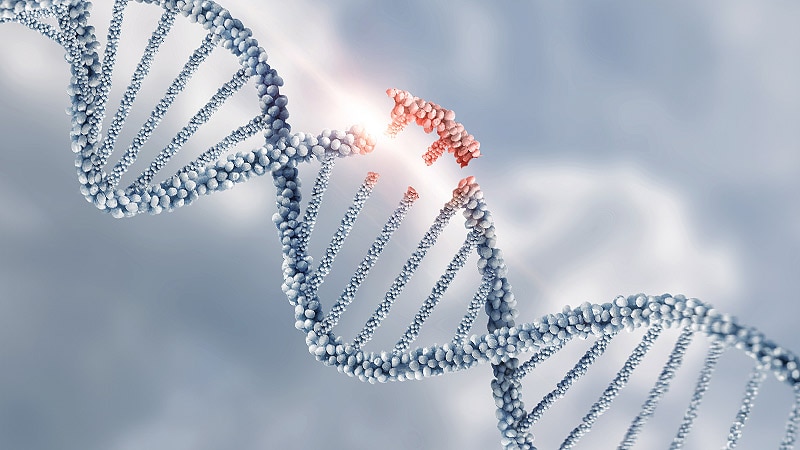

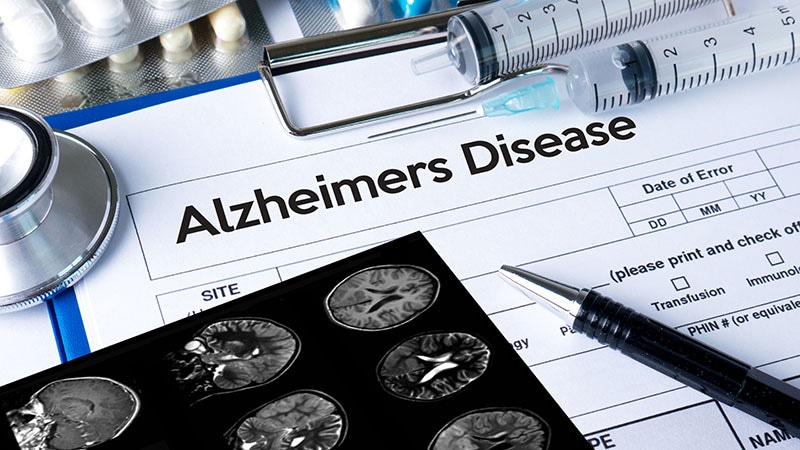
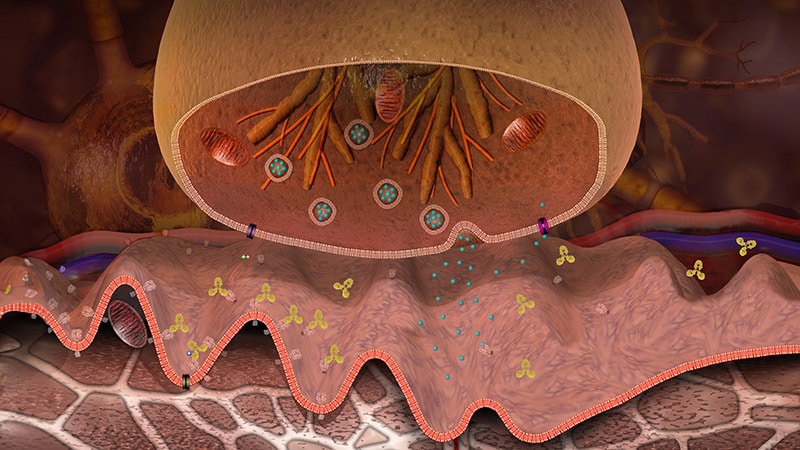

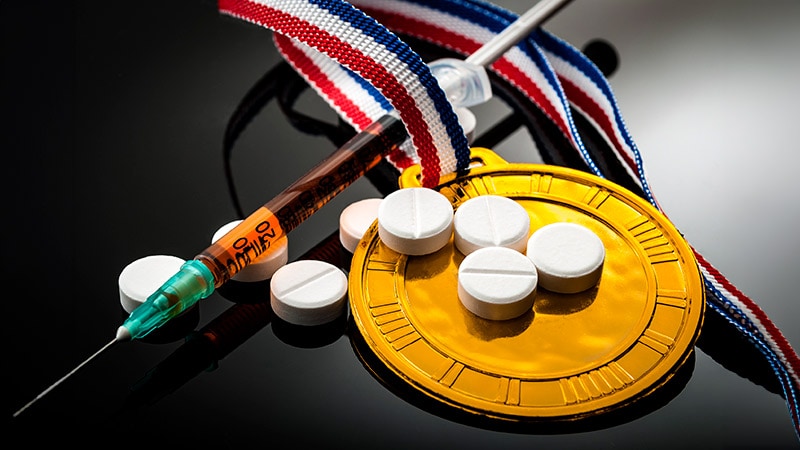



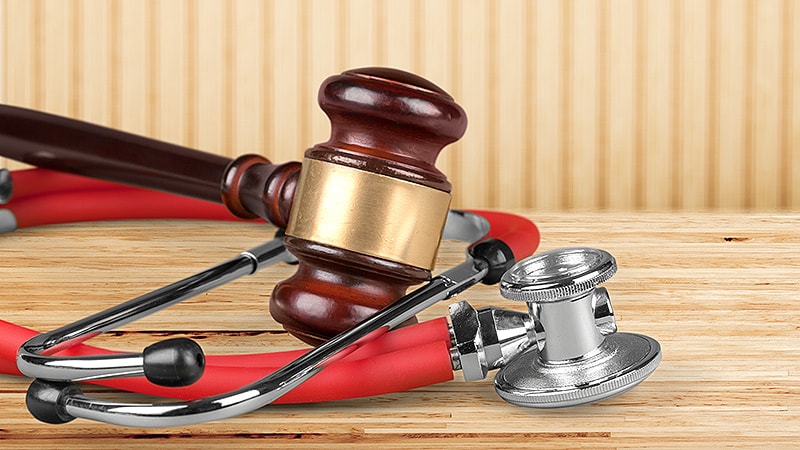
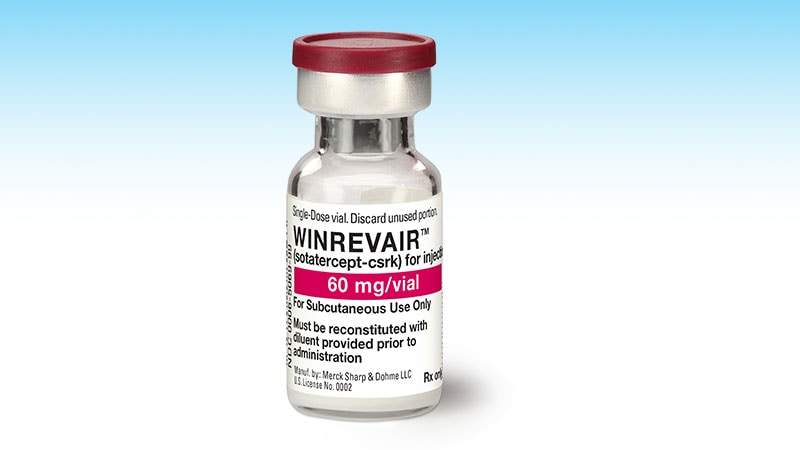
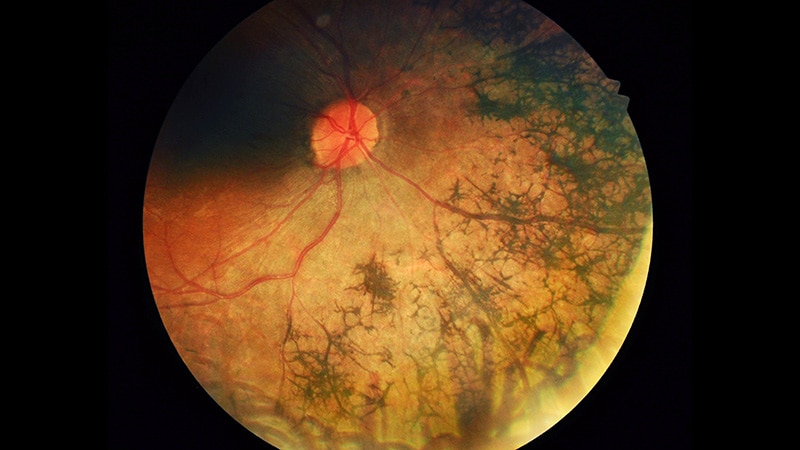










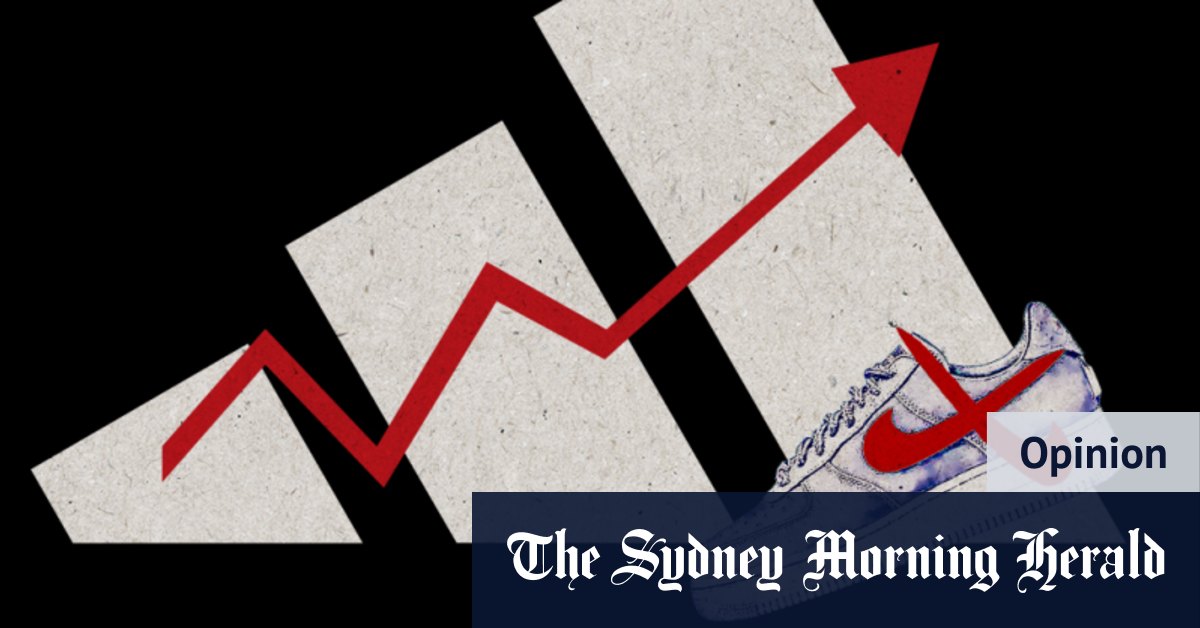
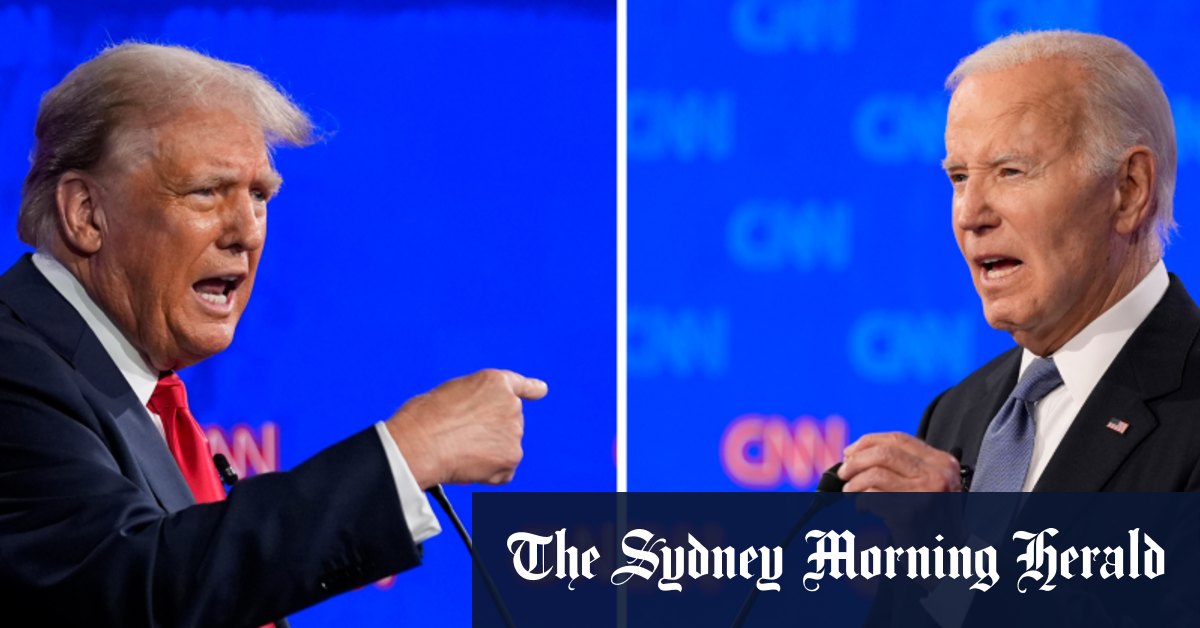





 English (US)
English (US)